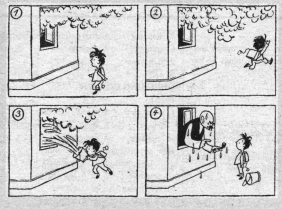0 132398 132406 132412 132416 132422 132424 132428 132434 132436 132442 132448 132452 132454 132458 132464 132466 132472 132476 132478 132482 132484 132488 132490 132492 132493 132494 132496 132497 132498 132500 132502 132506 132508 132512 132514 132518 132524 132526 132532 132536 132538 132542 132548 132554 132556 132562 132566 132568 132574 132578 132584 132592 151629
